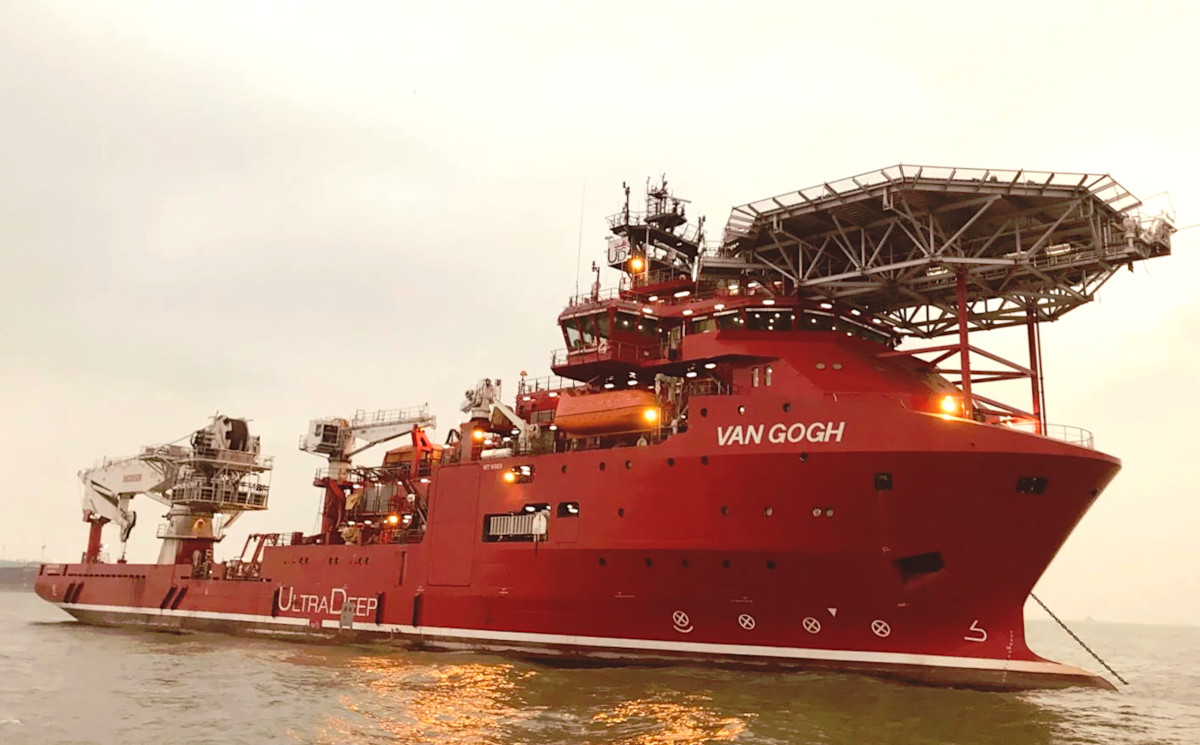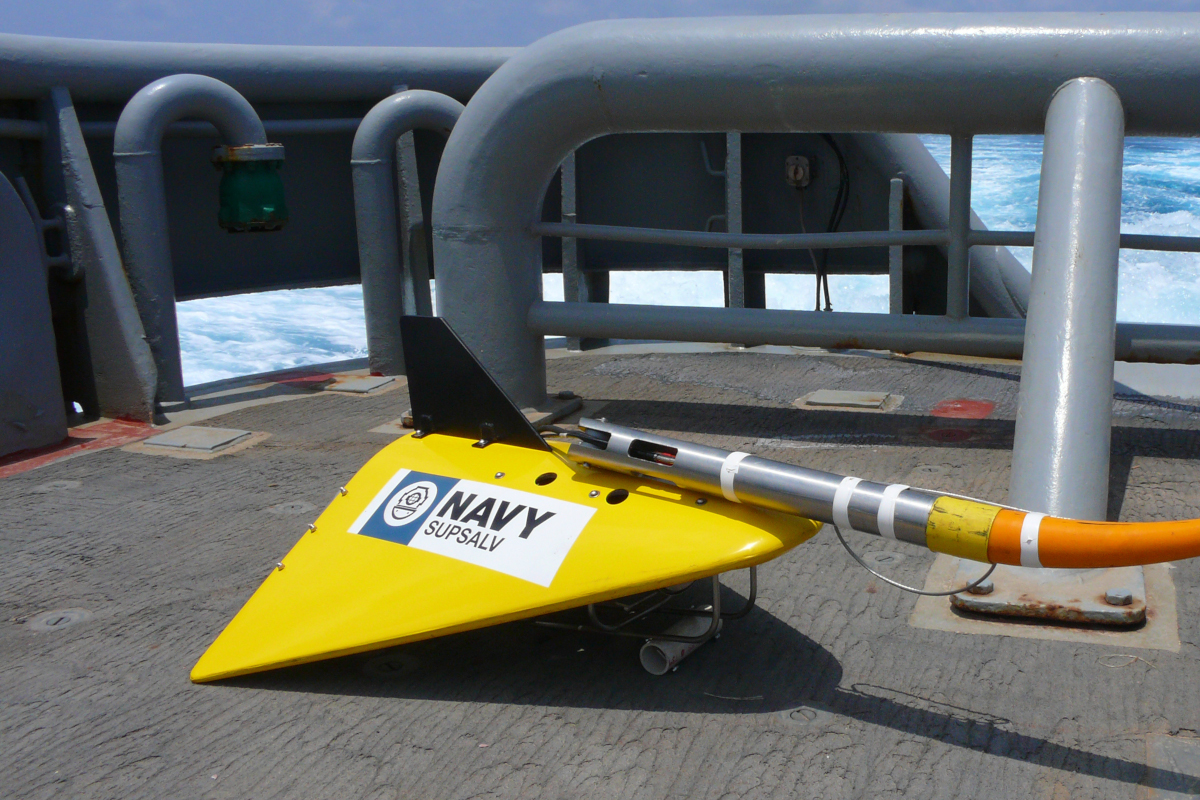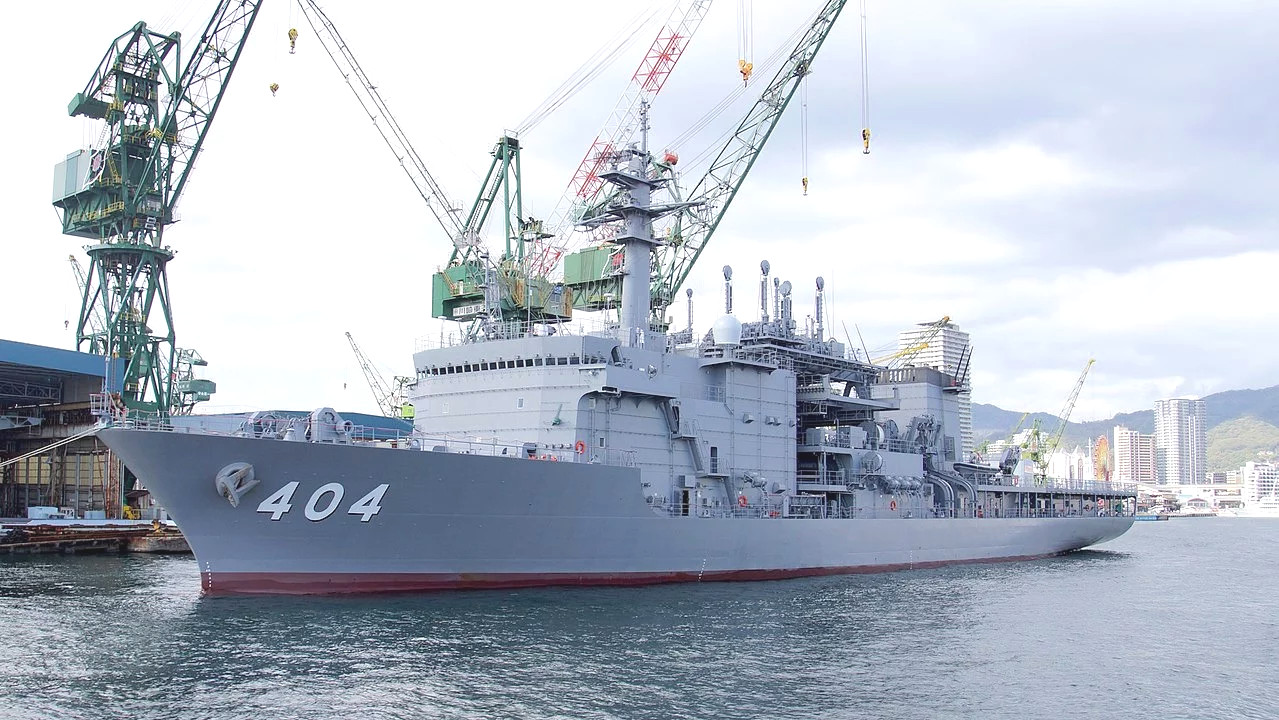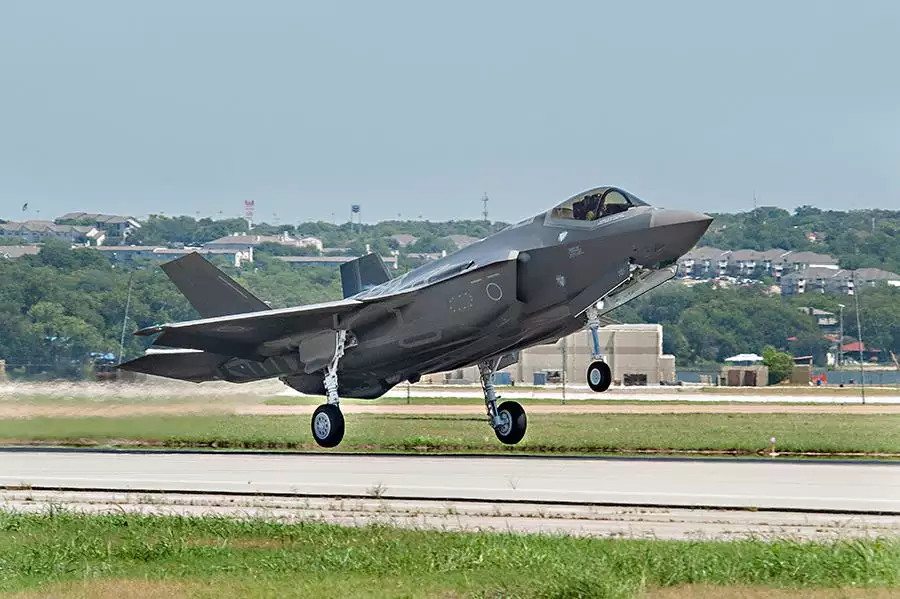There has been some confusion over whether or not Japanese or American authorities have found the main wreckage a Japan Air Self Defense Force F-35A Joint Strike Fighter that crashed in the Pacific Ocean earlier this month. A senior U.S. military officer had told reporters that personnel had found the plane, only to get contradicted by multiple other U.S. military spokespersons.
U.S. Air Force General Charles Brown, head of Pacific Air Forces (PACAF), told reporters that the location of the stealthy fighter jet was known during a press briefing on Apr. 30, 2019, according to Nikkei Asian Review. The F-35A crashed on Apr. 9, 2019 off the coast of Japan. The exact cause of the accident remains unknown. 41-year-old Japan Air Self Defense Force (JASDF) Major Akinori Hosomi was at the control of the plane at the time and also remains missing.
“The aircraft’s been located,” Brown said, Nikkei reported. “It’s now in the recovery aspect.”
However, Nikkei later updated its story to add a statement from U.S. Air Force Colonel John Hutcheson, a spokesperson for U.S. Forces Japan (USFJ), who said that this was incorrect. Hutcheson did not clarify whether General Brown had simply misspoken or had himself received inaccurate information ahead of the press briefing.

“The aircraft has not been located at the bottom of the sea,” Hutcheson told Nikkei. “The U.S. military is still working with the Japan Air Self-Defense Force to locate the wreckage.”
Aircraft and ships searching for the downed aircraft and Major Hosomi did find debris from the crash, including a piece of the F-35’s tail, in the days following the mishap. There have been no reports yet that Japanese or American personnel, or anyone else, have recovered more significant portions of the plane.
“The Japanese Self Defense Force F-35A that crashed on April 9 has not yet been located or recovered,” an unspecified Air Force spokesperson subsequently said in a statement, according to Business Insider. “Japanese officials confirmed that some debris from the aircraft was found in early April, shortly after the accident. The U.S. continues to support JSDF-led search and recovery efforts.”
The search effort has moved into something of a new phase, which may be what General Brown was referring to. On Apr. 24, 2019, the U.S. Navy’s 7th Fleet announced that it had dispatched a salvage team on board a chartered ship, Ultra Deep Solutions’ DSCV Van Gogh, to assist in finding the F-35A.

The Naval salvage unit is bringing a commercial deep-sea submersible, additional unmanned underwater vehicles, and a TPL-25 “towed pinger locator,” with them. The ship will be able to pull the TPL-25 behind it to try and detect emergency signals coming from the wreck. We don’t know what the exact functionality or concept of operations for the F-35’s flight recorder, or “black box,” might be and what kind of emergency locator system it, or the aircraft itself, might have. After spotting a particular signal, the Van Gogh would be able to deploy the manned submersible and drones to more closely investigate any potential crash sites.

The Japan Maritime Self Defense Force’s (JMSDF) JS Chiyoda submarine rescue ship has already been part of the search and rescue efforts. It is equipped with a Deep Sea Rescue Vehicle (DSRV) and could carry additional remotely operated vehicles, all of which could help in finding the wreckage.
Last week, the Kaimei, a deep-sea research vessel from the Japan Agency for Marine-Earth Science and Technology, also joined the search for the downed F-35A. It has its own deep-sea remotely operated vehicle, as well as echo-sounders and magnetometers that it can use to search for objects of interest below the waves.


Initially, specialized deep-sea sensors and submersibles seemed particularly necessary since the F-35A was understood to have crashed in an area where the Pacific Ocean is up to 5,000 feet deep. This is far deeper than the maximum depth for divers and beyond the crush depth for most combat submarines. However, U.S. officials have since revised the depth estimate to a much shallower 1,500 feet. This would make the search effort easier, but would also make it easier for other actors to try and recover parts of the crashed jet, which could provide them with valuable details about the Joint Strike Fighter and its capabilities.
Japanese and American officials have downplayed the prospect of a foreign power, such as Russia and China, locating the crash site first and recovering sensitive parts of the Joint Strike Fighter or its onboard systems. Russia, in particular, has an extensive fleet of special mission submarines specially configured for deep-sea intelligence gathering and salvage work, including the possible ability to deploy their own deeper-diving remotely operated vehicles.
“There has been a lot of wild speculation in the media about other countries racing to find the wreckage,” an unnamed U.S. military official told Stars and Stripes in an Email on Apr. 17, 2019. “To date, we’re not seeing it, but we continue to monitor.”
But it seems hard to see how Japan or the United States could know for sure given that the exact location of the wreck remains unknown and valuable debris may have shifted beyond any primary crash site in the intervening weeks. Regardless, that the U.S. military, as well as their Japanese counterparts, admittedly continue to monitor the situation for possible foreign interference underscores the potential risks. The F-35 and its associated systems are highly controlled and subject to a variety of security protocols.

Japan, where Mitsubishi Heavy Industries runs a Final Assembly and Checkout (FACO) facility that locally assembles the country’s F-35s, will soon be getting an American-run F-35 Technology Security Support Team (TSST), if one isn’t in place already, to monitor for potential breaches. The U.S. military’s F-35 Joint Program Office (JPO) announced it was looking for contractors to perform the TSST mission in August 2018.
“The F-35 Joint Program Office (JPO) requires comprehensive National Industrial Security Operating Manual (NISPOM) multi-discipline security guidance and mentorship to the Japanese Ministry of Defense (JMoD), Acquisition Technology & Logistics Agency (ATLA), Air Staff Office (ASO), and Japanese Industry Contractors,” according to one contracting document. “TSST efforts shall include prescribing security measures that deny unauthorized access to F-35 facilities, equipment, and resources, and protect personnel, information, and property from damage and/or loss of technology.”
It is unclear whether “security measures” related to “damage and/or loss of technology” would include the development of standard operating procedures to respond to crashes and other mishaps. The TSST’s mandate certainly highlights the security sensitivities regarding the F-35 no matter what.
All told, nearly a month after Japan’s F-35A crashed in the Pacific, there is still a very active search for the wreckage and it doesn’t look likely to end any time soon.
Contact the author: jtrevithickpr@gmail.com
